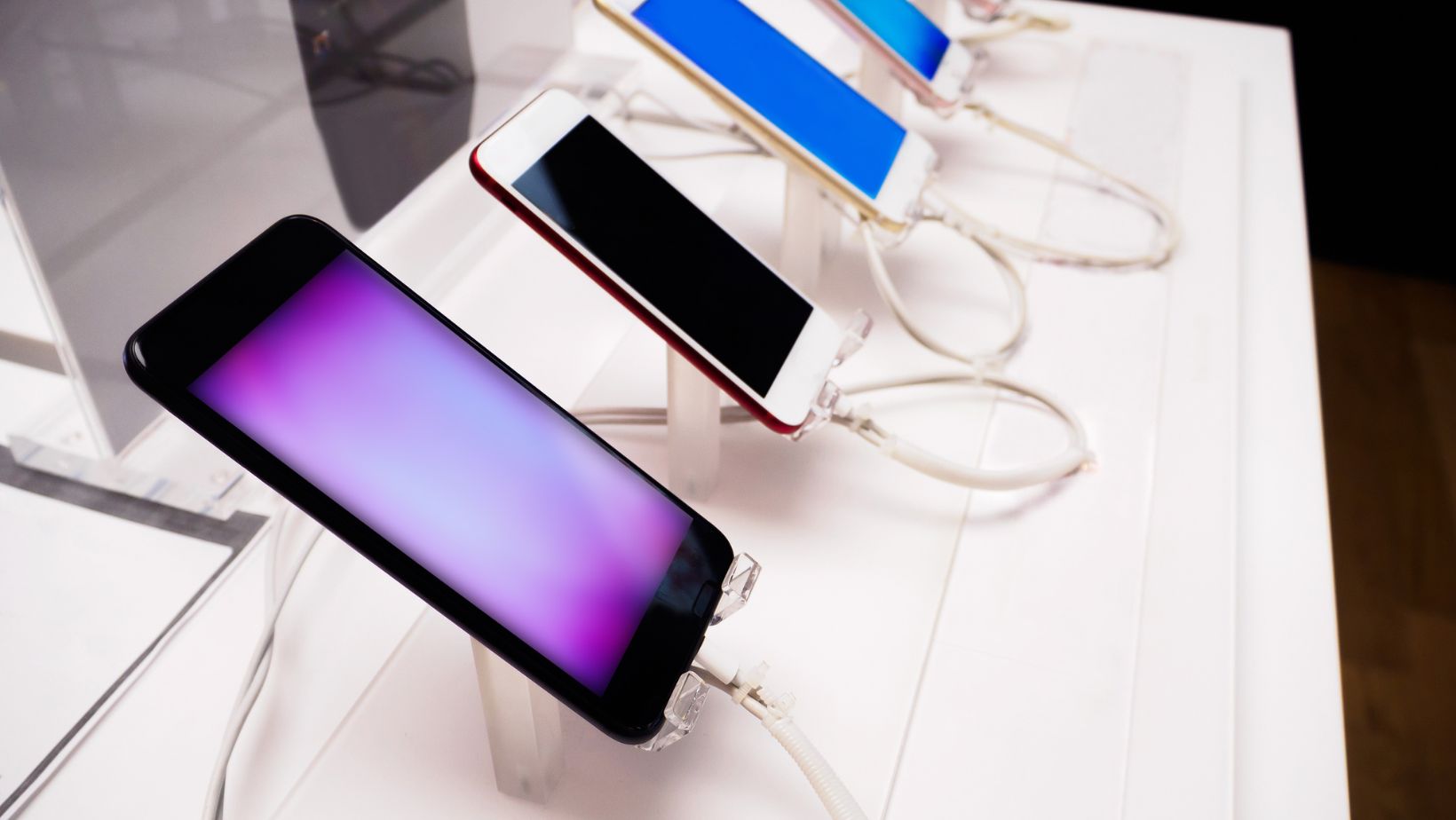Indeed, we can only do with smartphones nowadays; moreover, have you ever stopped to think about their development into such incredible gadgets that are so useful today? The path smartphones took from simple communication devices in the past to state-of-the-art technology can be described as enjoyable. So, what was covered will follow an analysis of this evolution up to date.
Advancements in Smartphone Technology
Since the introduction of the iPhone, smartphone technology has advanced astonishingly. Key developments include:
- App Ecosystems: The innovation of app stores such as Apple App Store and Google Play has changed the function of mobile phones with endless numbers of applications available for different uses.
- Camera Improvements: Currently, smartphones have more than one high-definition camera, which allows one to take pictures like a pro and make good-quality videos, too.
- Processing Power: Today’s smartphones have fast processors that enable them to process data in complex tasks and render high-quality visuals.
- AI: The emergence of AI-powered applications like NSFW AI has recently shown how diverse and sometimes controversial the use of technology in smartphones can be.
The Birth of Mobile Phones
In the 1980s, people took the first step toward mobile phones when the Motorola DynaTAC 8000X entered the market. The early models of these cell phones were massive and costly; hence, they could only be employed for making calls even though they had their uses as expensive accessories, which weighed almost two pounds and could only allow one to communicate for thirty minutes. These significant changes changed how people related to each other despite needing to be more effective and practical by modern comparison. Compared with what is obtainable today, such as internet facilities, texting, and multimedia, they have a long way to go regarding performance.
The Rise of Feature Phones
During the 1990s and early 2000s, there was a decrease in the size of mobile phones as they increased in popularity. Feature phones like the Nokia 3310 could provide text messages, essential internet, and simple games. These phones became very popular with longer battery life and more rugged design.

Additionally, they were cheap and could be afforded by many people in society; this ensured that mobile communication was integrated into socio-economic structures. The emergence of SMS transformed interpersonal interactions and laid a foundation for developing mobile internet and current applications.
The Dawn of the Smartphone Era
Smartphones were what changed everything. Although the first smartphone to be developed was IBM’s Simon Personal Communicator in 1994, it took until the emergence of the iPhone in 2007 for smartphones to be accepted widely. The fact that the iPhone integrated telephone, iPod, and web capabilities on a touch-screen interface meant that from there, such devices would be called nothing less than Smart. This marked a turning point in the development of contemporary communication gadgets and completely changed our way of relating to technology. The iPhone’s prosperity catalyzed immediate progress in cellular technology, giving way to app stores, high-quality cameras, and fast processors in today’s smartphones.
The Future of Smartphones
Smartphones are still progressing. The future may bring about phones with foldable screens and better artificial intelligence, and they can be integrated even more seamlessly with other devices and technologies. This is in addition to expected advancements in areas such as battery longevity, connectivity, and augmented reality, all of which improve the utility of our smartphones.

We may have smartphones that entirely replace laptops, integrate into intelligent houses, or improve virtual and augmented realities. With technology advancing at an unprecedented rate, one can only imagine how far we can still go with improving the smartphone. This device has continued to change and influence our daily activities.
Conclusion
The development of these gadgets, from simple handsets to complex smartphones, has been excellent. Technology progression has changed communication, work, and entertainment. The prospect of upcoming advancements that will revolutionize our lives even more is something interesting to think about. Phones have gone beyond mere instruments; they form part and parcel of the current human livelihood, with their design continuously adapting to different requirements.






















